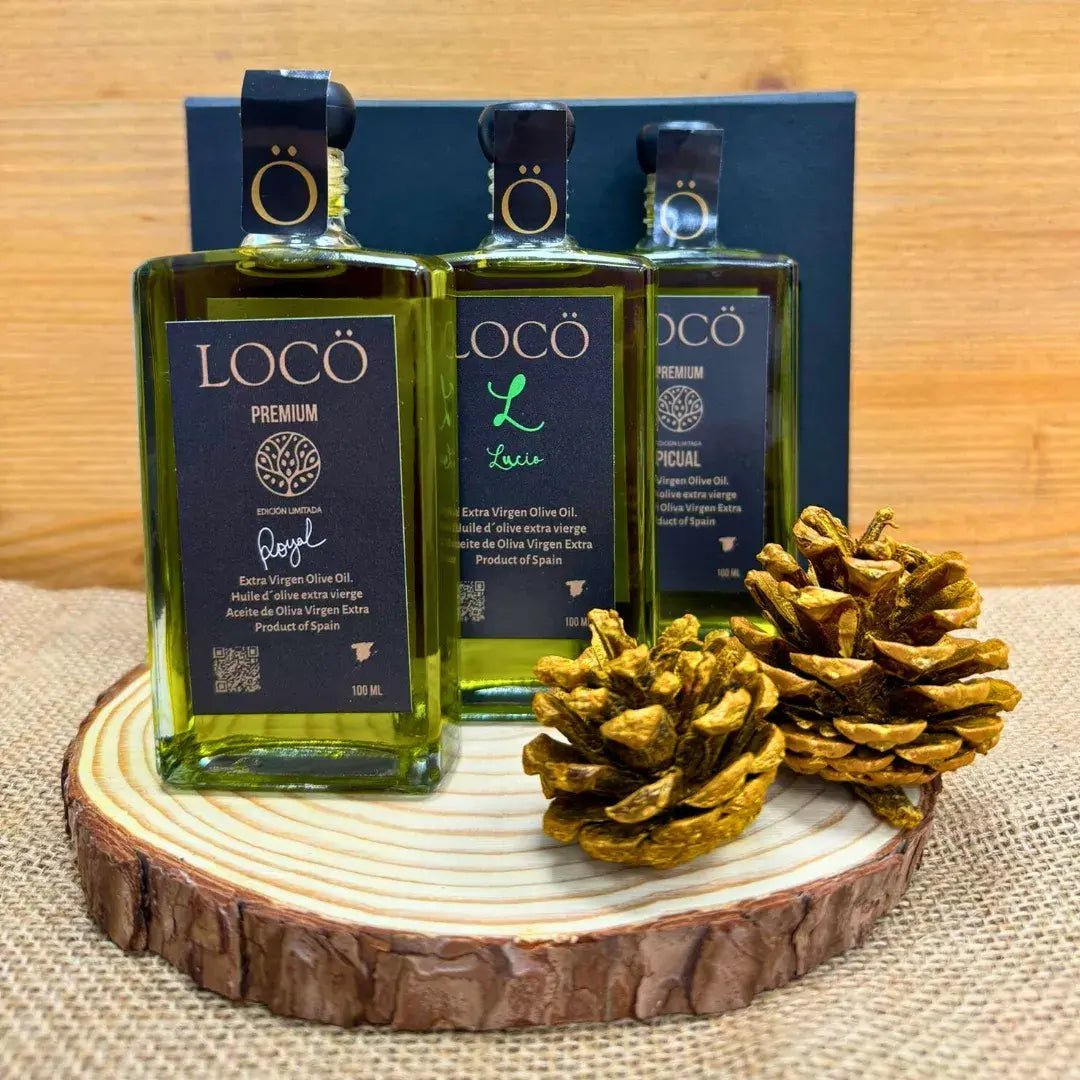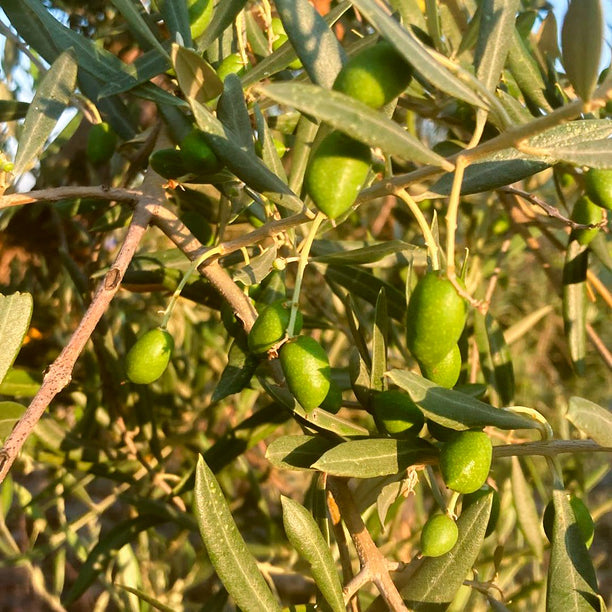
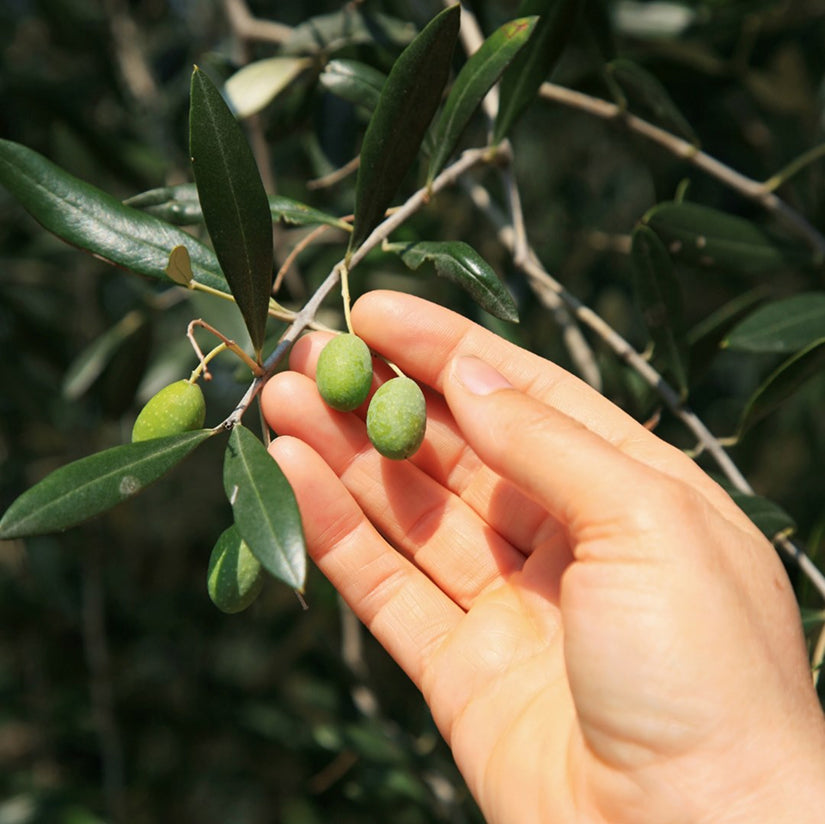
Olivares vivos
El olivar es un cultivo de enorme importancia para la conservación de la biodiversidad en la cuenca mediterránea. Se trata del cultivo leñoso más extendido en esta área, el mediterráneo, que es uno de los denominados puntos calientes de biodiversidad reconocidos a nivel mundial.
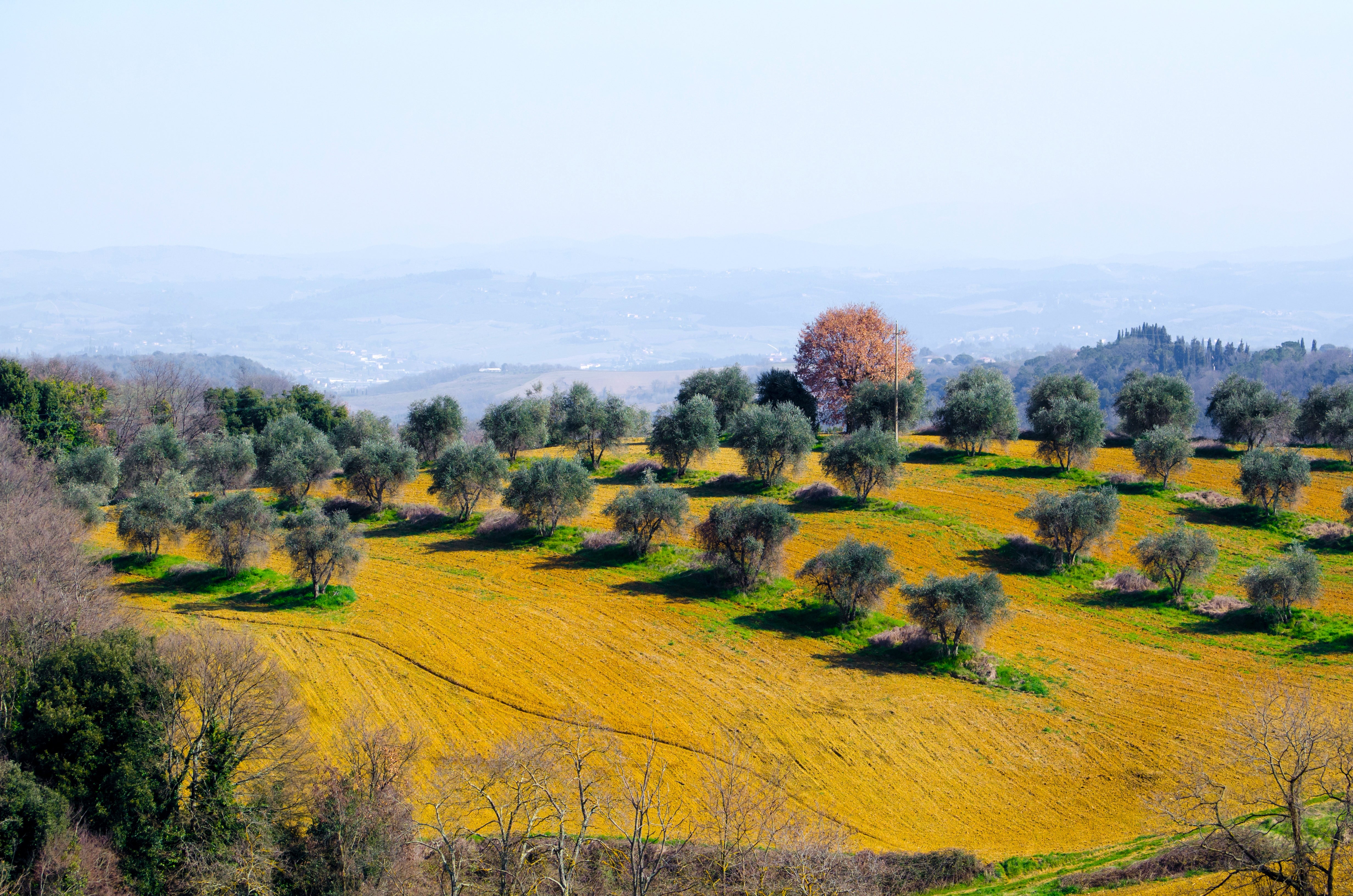

Gran parte de esta biodiversidad se ha visto reducida, debido a los sucesivos procesos de intensificación que se han llevado a cabo desde mitad del siglo XX. Actualmente el sector del olivar atraviesa una grave crisis de precios que compromete seriamente la sostenibilidad del olivar tradicional.
El proyecto Olivares vivos entiende que para resolver estos problemas hay que abordar al mismo tiempo la pérdida de biodiversidad y la disminución de rentabilidad del olivar. ES una apuesta por el valor añadido, conectando olivicultores que recuperan biodiversidad con consumidores que aprecien este valor añadido, a través de un sello que garantiza que Aceites de Oliva Virgen Extra (AOVE) producidos en sus fincas.
olivares vivos
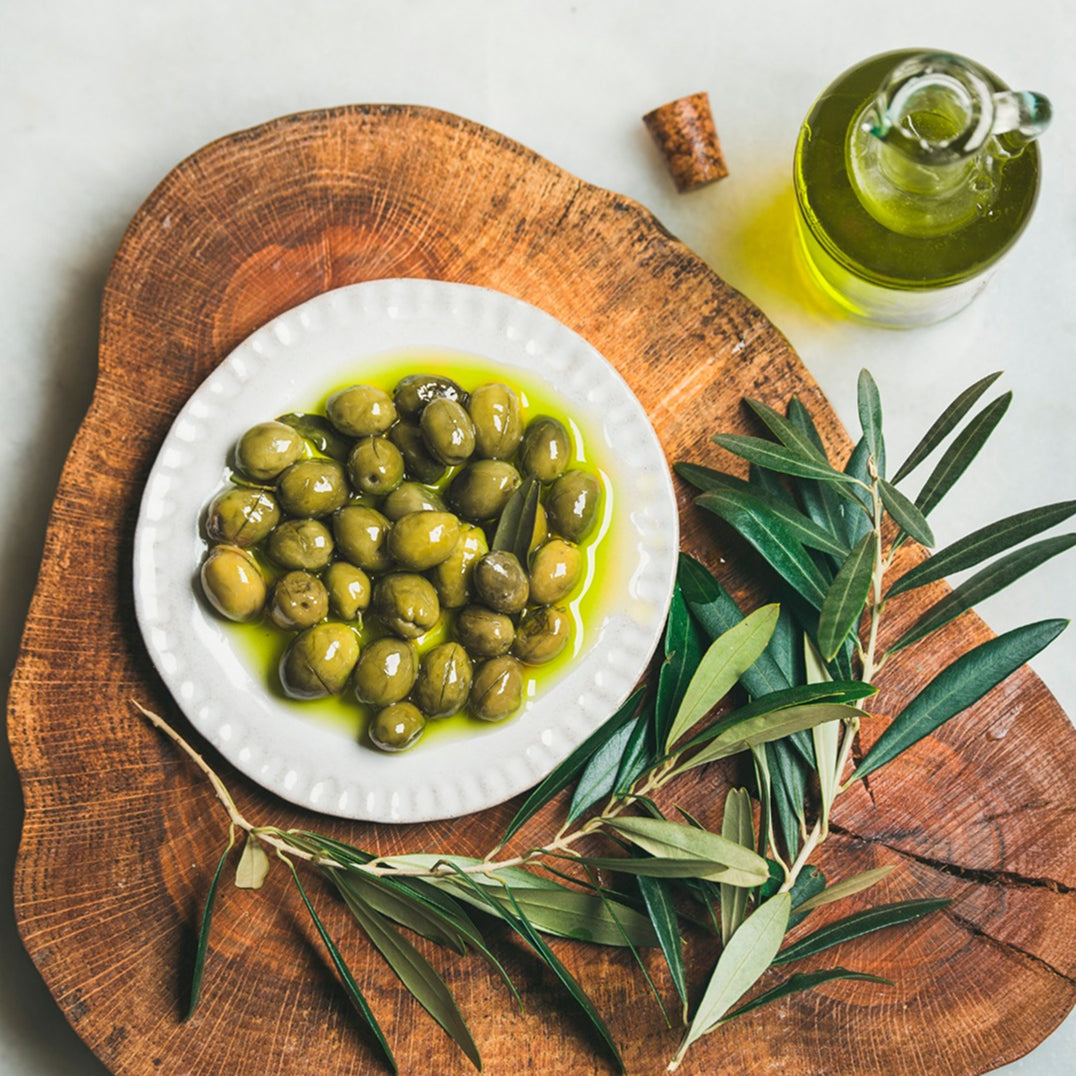
Modelo científico y demostrativo de olivares vivos se fundamenta en:
- Diseñar y certificar un modelo de olivicultura que recupere la biodiversidad de forma efectiva .
- Concebir esta recuperación como parte del proceso de valor agregado de productos de alta calidad transformándola en rentabilidad ante el mercado de aceite de oliva virgen extra.
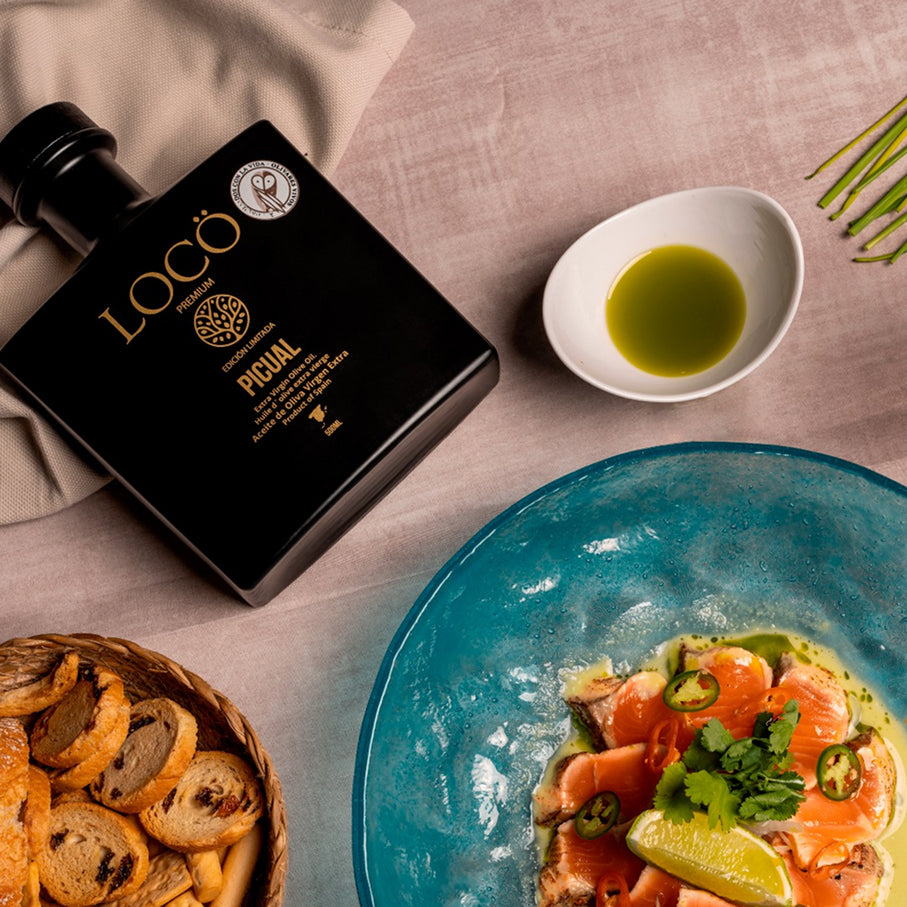
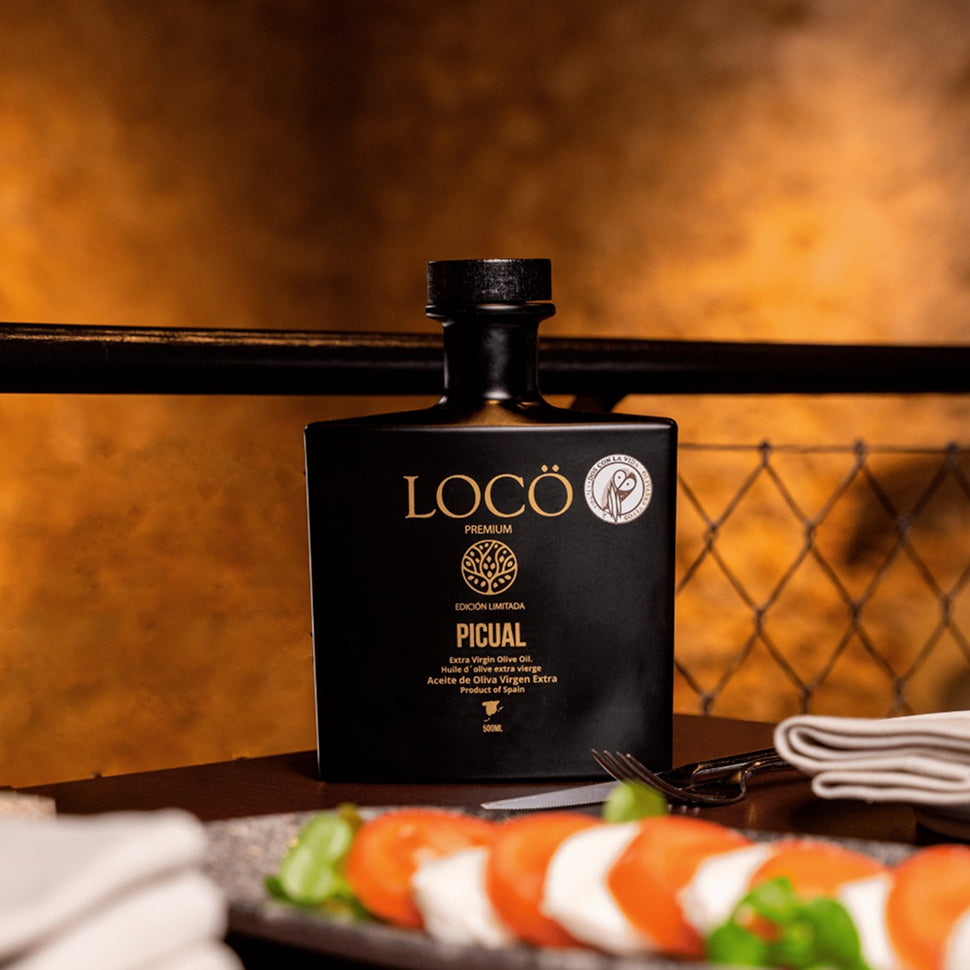
Sello de garantía de calidad
Certificación de olivares vivos
Todo producto derivado del proyecto olivares vivos, cumple con toda una serie de requerimientos para la conservación de la biodiversidad y la generación de mayor valor agregado, produciendo aceites de calidad genuina.


